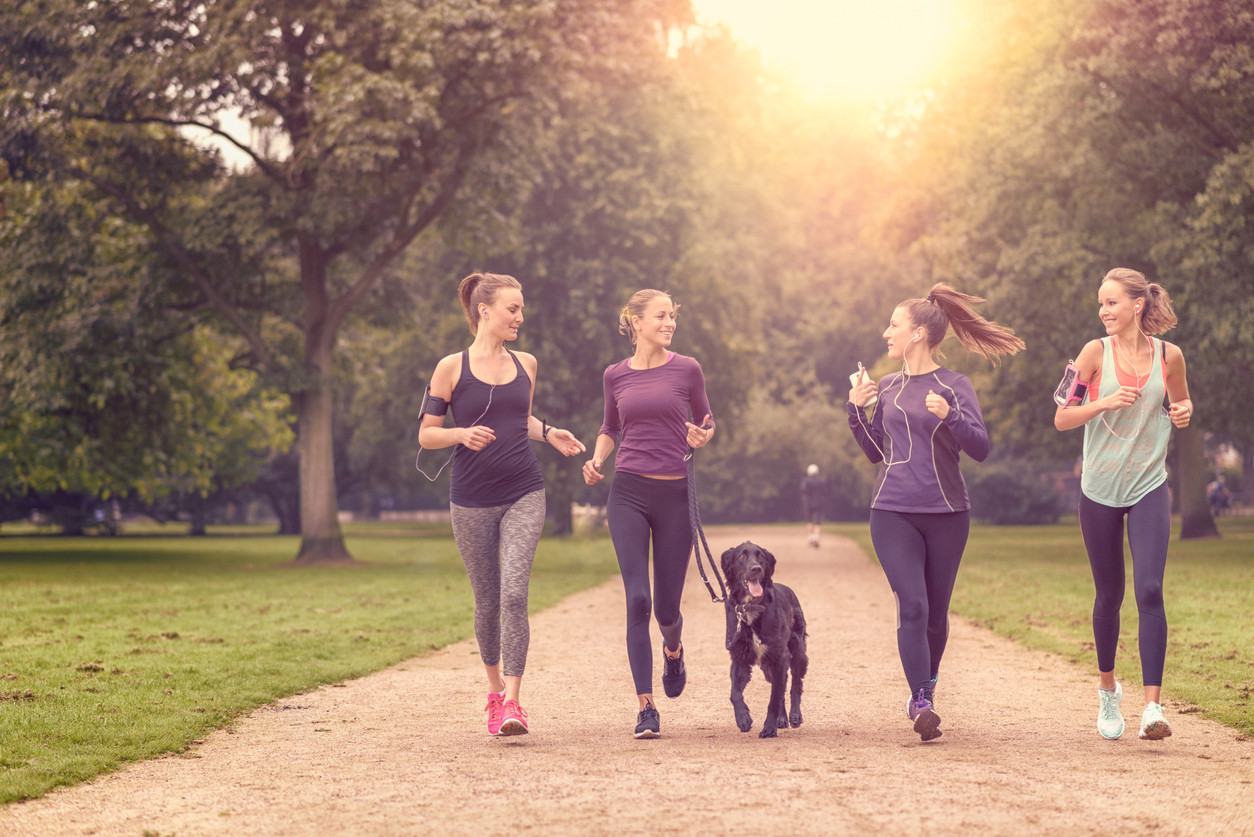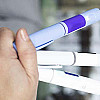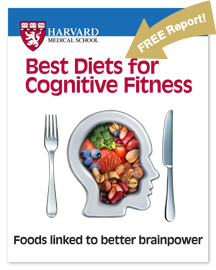Harvard Health Blog
Exercise: Can a few minutes a day keep a hip fracture away?

Let's face it: we are all getting older. As I write this, I am aging, and as you read this, you are, too! Today I want to talk about an aspect of aging that we don't often think about, but which research shows we can do something about: osteoporosis, or brittle bone disease.
As we age, our bones naturally tend to become weaker. This is one reason that people often become slightly shorter as they age. Particularly for women, this process accelerates more quickly after menopause. Because bones become weaker, it is easier for them to break, sometimes with very little provocation. Hip fractures are an especially dreaded complication of osteoporosis, because they require hospitalizations and painful surgeries to repair, because recoveries can be particularly complicated, and lastly, because it sounds absolutely terrifying to break a hip! For all these reasons, the medical community worries about osteoporosis and we are constantly thinking of ways to prevent or ameliorate it.
There is a growing body of evidence that physical activity later in life (as well as earlier in life!) can help combat the effects of aging on our bones. Now, I know what you are thinking — I don't have time to exercise! Well, I have good news for you. Just a little bit of the right type of exercise for just a few minutes a day may help.
You don't need to train for a marathon to strengthen your bones
A recent study looked at the quantity and quality of exercise required to make a real change in bone strength, as well as how to measure that exercise. Researchers accessed pre-existing data from a large, public database in the UK in order to learn more about how exercise affects bone health in a group of healthy women at risk for brittle bones. In this study, both pre- and post-menopausal women wore accelerometers to record the intensity of their movements. The researchers wanted to see if they could learn about the patients' movements with very brief measurements, and they found that they could.
More interestingly, what they found was that the women who had the most intense activity, recorded for what amounted to just one to two minutes each day, had a reduction in risk for brittle bones. Furthermore, they had a higher reduction than those women who did less intense activity, although those women saw some reduction in risk too. And the intensity required to achieve this? One to two minutes of running for a pre-menopausal woman and slow jogging for a post-menopausal woman.
More support for exercise and bone health
The study had some limitations. First, it measured bone health by looking at bone density in the heel by ultrasound. The best way to measure bone density is really with a special x-ray called a DEXA scan. We also care less about bone health in the heel and more about bone health in the spine and hip — places where a fracture is more dangerous. However, the general finding of better bone health in those who exercise has been seen throughout the medical literature, so I think we can still safely depend on the results of this study. Another potential limitation is that the patients they studied were all Caucasian females. However, there is no reason to presume that the research wouldn't apply to healthy women of other ethnicities as well.
This study is so important because it really gives all of us such a reasonable goal. Can we give it our strongest effort for one to two minutes a day? I think we can. It also shows that if we make a small, measurable, but regular change, we can all dance, run, jog, jump, or hop our way to better health!
About the Author

Nandini Mani, MD, Contributing Editor
Disclaimer:
As a service to our readers, Harvard Health Publishing provides access to our library of archived content. Please note the date of last review or update on all articles.
No content on this site, regardless of date, should ever be used as a substitute for direct medical advice from your doctor or other qualified clinician.















